Tata Motors' Impending 5 SUV Attack On The Hyundai Creta Detailed


The Hyundai Creta is dominating its segment, even as the competition continues to intensify. Tata Motors is set to make life difficult for the Creta, with an aggressive five-SUV attack. We will see these roll out over the next couple of years. These will come with multiple powertrain options (petrol, diesel, CNG, and all-electric) and attractive packaging. Here’s a closer look at Tata’s five possible Creta rivals.
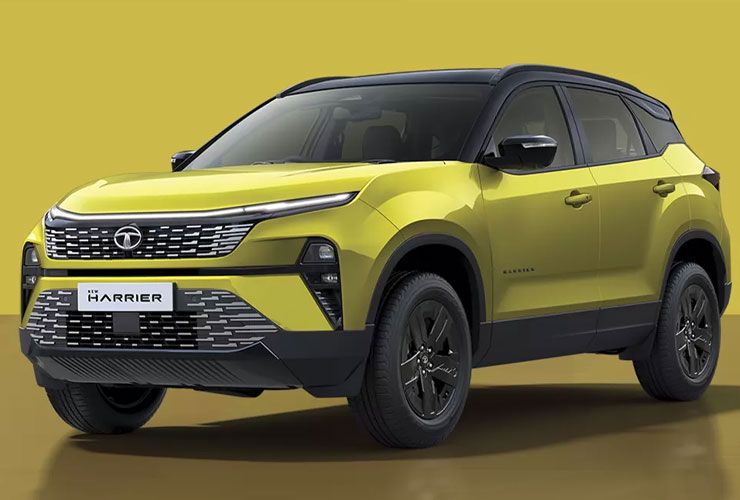
At present, the Harrier is available with a Stellantis-sourced diesel engine alone. That changes soon, as Tata Motors is planning to introduce a newly developed 1.5-litre TGDi turbo-petrol engine on the SUV. This move will help bring down the entry price of the Harrier. The diesel SUV starts at Rs 14.99 lakh (ex-showroom). We expect the petrol-powered Harrier to debut next year. It will likely have a price that’s at least 1.5 lakh lower. If so, the ex-showroom starting price could fall to Rs 13.5 lakh.
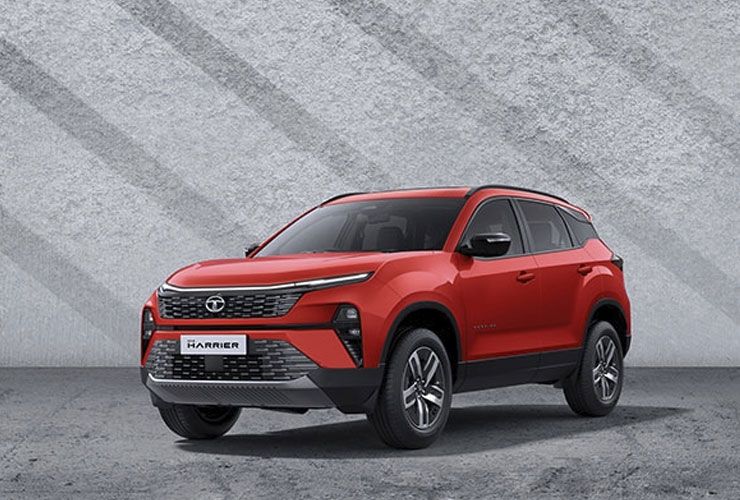
The above price will enable Tata Motors to place the petrol Harrier squarely against the turbo-petrol versions of Creta. Hyundai’s 1.5L turbocharged petrol engine currently has an output of 160hp and 253Nm. Tata’s new 1.5 turbo-petrol is capable of making 170 PS and 280 Nm- more than the current Creta Turbo’s output.
Plus, the Harrier is a much bigger car. If Tata Motors manages to pull off an aggressive price, the petrol Harrier can really unsettle the Creta. A petrol engine will also make the Harrier more popular in markets that explicitly prefer petrol vehicles.
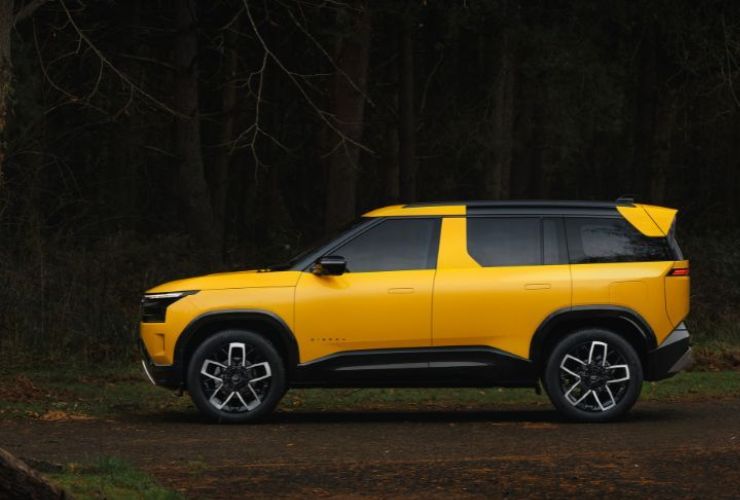
Few nameplates stir nostalgia like the ‘Sierra’. Its comeback will surely make waves in the market. It will have both ICE (Internal Combustion Engine) and EV versions. When launched, the Sierra will compete with the petrol and diesel versions of the Creta, and the EV will lock horns with the Creta Electric.
The ICE Sierra will have the same powertrains as the Harrier- the Stellantis-sourced 2.0L diesel and the newly developed 1.5 petrol. The diesel Sierra will have 170 bhp and 350 Nm on offer. This engine is expected to come mated to both manual and automatic transmissions.
The ICE version will be underpinned by the ATLAS platform. The turbocharged petrol will have an output of 170 PS and 280 Nm. The key difference between the petrol and diesel engines will be in their torque figures.
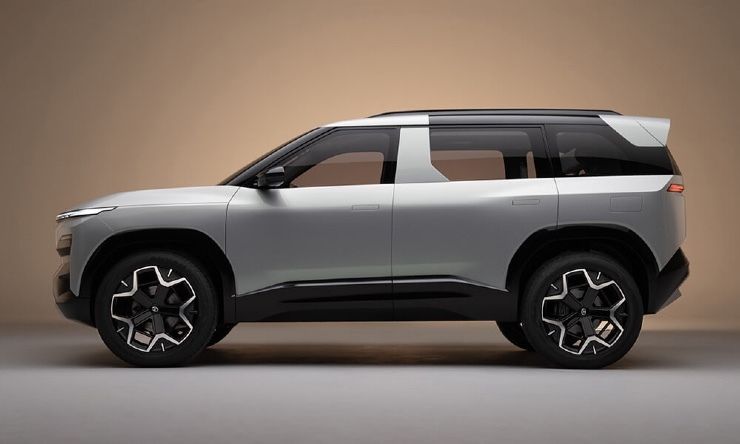
The Sierra EV will likely borrow its powertrain from the Harrier.EV and will be based on the same Acti.EV+ platform. It will then come with 65 kWh and 75 kWh battery packs.
With its futuristic design, attractive features, and multiple powertrain choices, the Sierra could be the fiercest challenger to the Creta yet. Giving it more advantage over the Korean, the Sierra will likely have lower ex-showroom prices than the petrol Harrier.
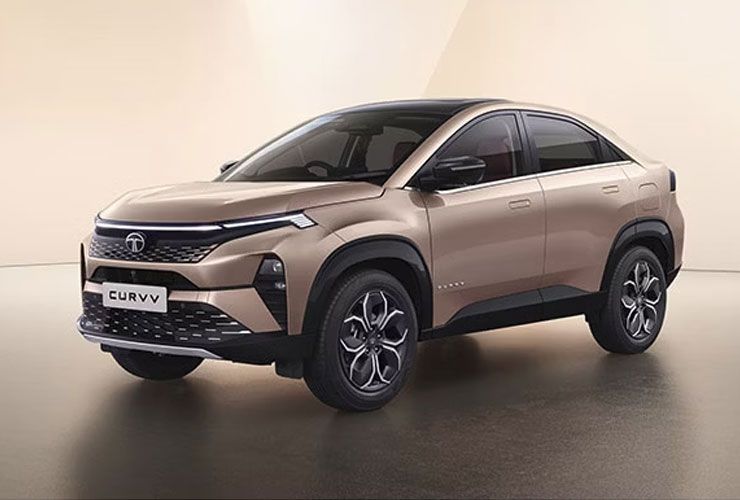
To further widen the appeal of the Curvv coupe SUV, the carmaker is working on introducing a CNG version of it. It is now available with petrol, diesel, and EV powertrains. The ICE and EV versions of it challenge the ICE Creta and its Electric variants respectively. The CNG powertrain will give the Curvv an upper hand, as the Creta is currently not available with a CNG powertrain.
The Curvv CNG will use Tata’s dual-cylinder iCNG technology, which packs the fuel in two interconnected cylinders, instead of having it in a single large unit. This helps in generating more usable boot space. The CNG’s lower running costs will pump more appeal into this model, and place it as a good alternative for people considering the Creta.
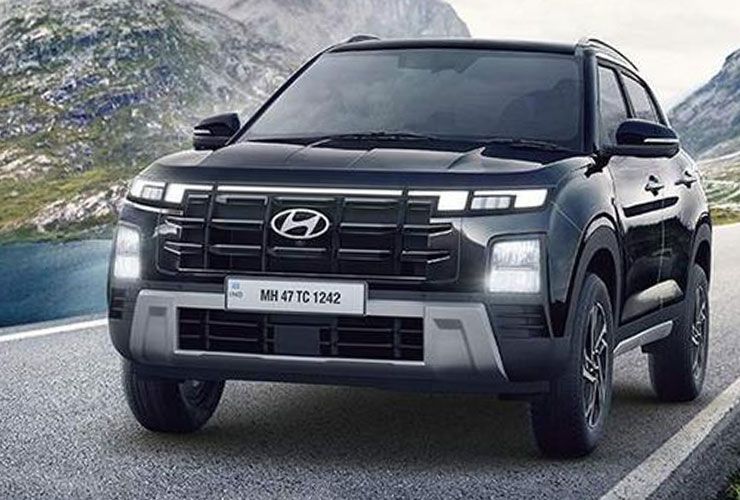
The Hyundai Creta built its empire by offering buyers plenty to choose from- be it powertrains, transmissions, trims or features. Tata Motors will likely deploy a similar formula with the proposed launches. It will, however, benefit from having the CNG powertrain on offer. For the Korean, defending the Creta’s crown is about to get tougher than ever.